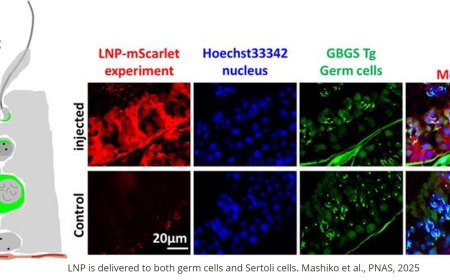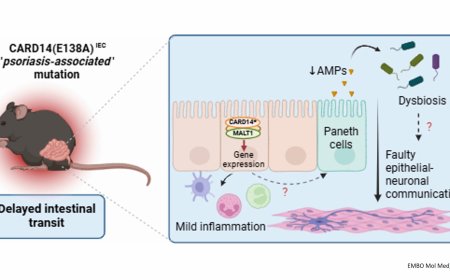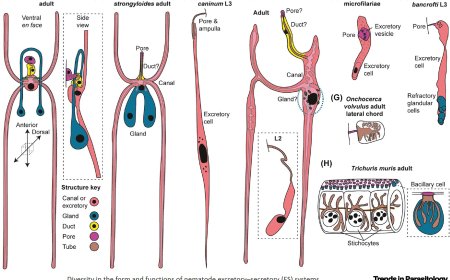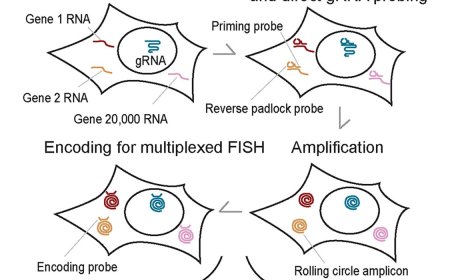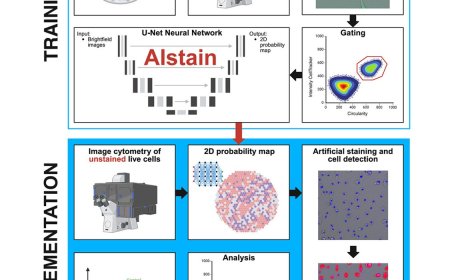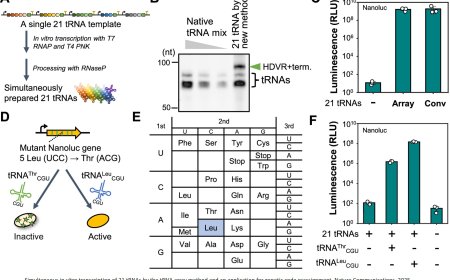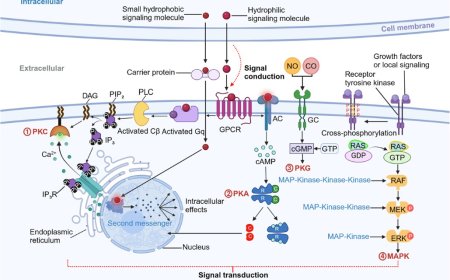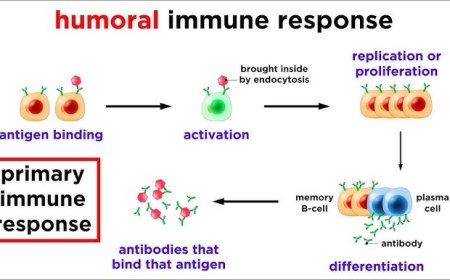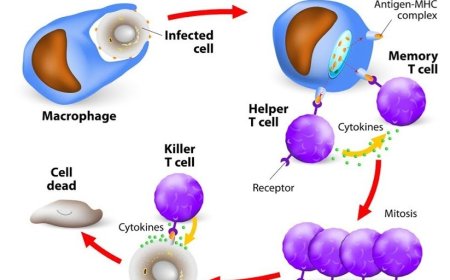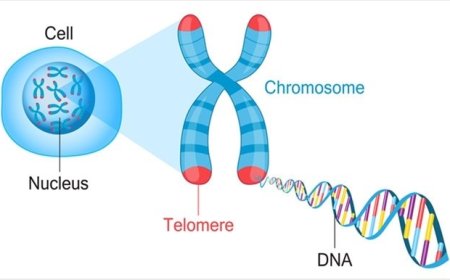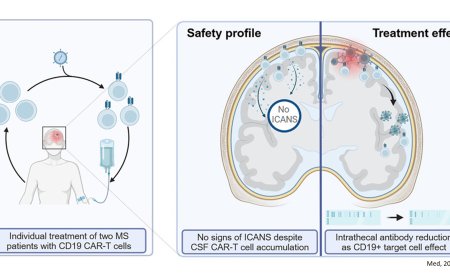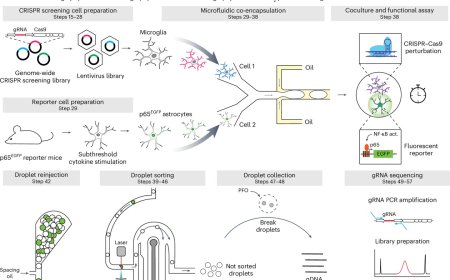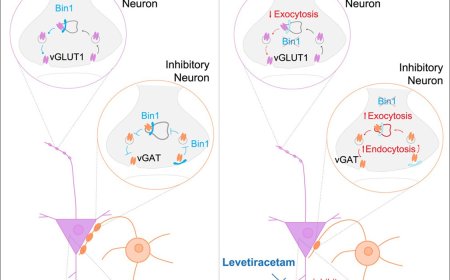Brain region–specific action of ketamine
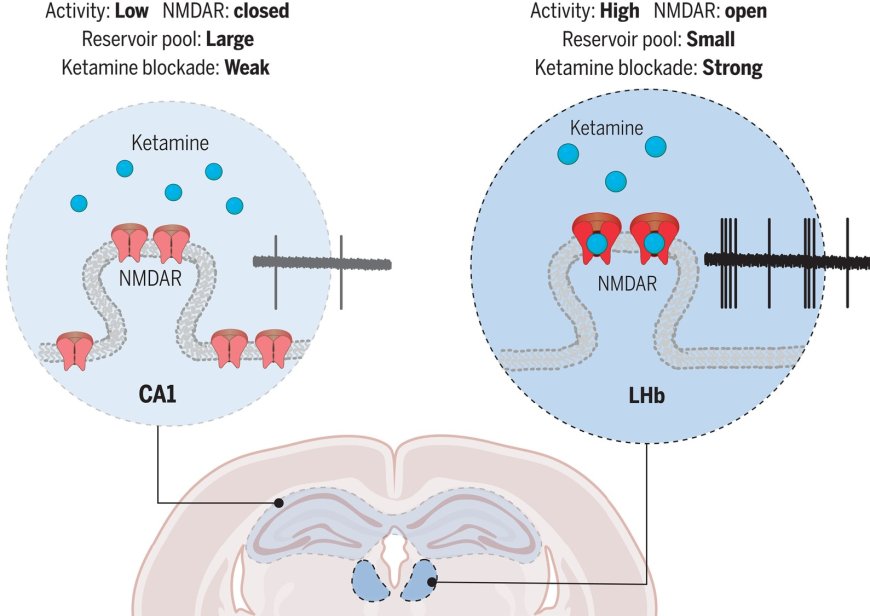
Ketamine emerged as a revolutionary antidepressant owing to its rapid onset and sustained efficacy. Although ketamine is a noncompetitive blocker (antagonist) of N-methyl-D-aspartate receptor (NMDAR), the mechanisms by which it exerts its antidepressant effects remain unclear.
The authors show why systemic ketamine specifically blocks NMDARs in LHb neurons, but not in hippocampal CA1 pyramidal neurons, in depressive-like mice.
They demonstrate that ketamine locks NMDARs in an inactive state, particularly in hyperactive neurons of the lateral habenula (LHb), blocking neuronal bursting activity and alleviating depressive symptoms in mice.
